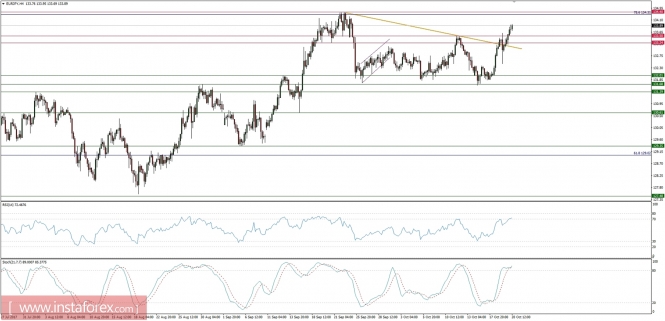The recent comments from Bank of Japan Governor Kuroda did not cause any substantial reaction on financial markets. During his today's speech, he reiterated that weakness on the price front is going on and prices will rise towards 2%, so this was nothing new for market participants.
In late September, Japanese Prime Minister Shinzo Abe unexpectedly announced a snap parliamentary election slated for October 22. Despite the problems within the ruling party, the opposition is also shattered, as Abe wants to capitalize on the positive economic climate and growing threats from North Korea. The very good result of the 2014 elections is unlikely to be repeated, but Abe and his Liberal Democratic Party (LDP) should keep the majority and are poised to remain the biggest party by far and continue in the government after the general election. The support for the Abe party is understandable. Japan is out of economic stagnation and Prime Minister Abe's goal of increasing Japan's GDP by one fifth from 2012 to 2020 is achievable. Unemployment is the lowest in 30 years and the government has managed to stabilize public finances. In addition, the prime minister is favored by the conflict over North Korea, as it has highlighted Abe's leadership in the face of the threat of war.
The continuation of Abenomania implies the pressure to weaken the Yen in the medium term across the board.
Let's now take a look at EUR/JPY technical picture on the H4 time frame. After testing the support at the level of 131.70 three times, the market reversed and now is close to the recent highs at the level of 134.40 again. The market conditions are overbought, but there is no sign of any bearish divergence just yet. The nearest support is seen at the level of 133.50.

